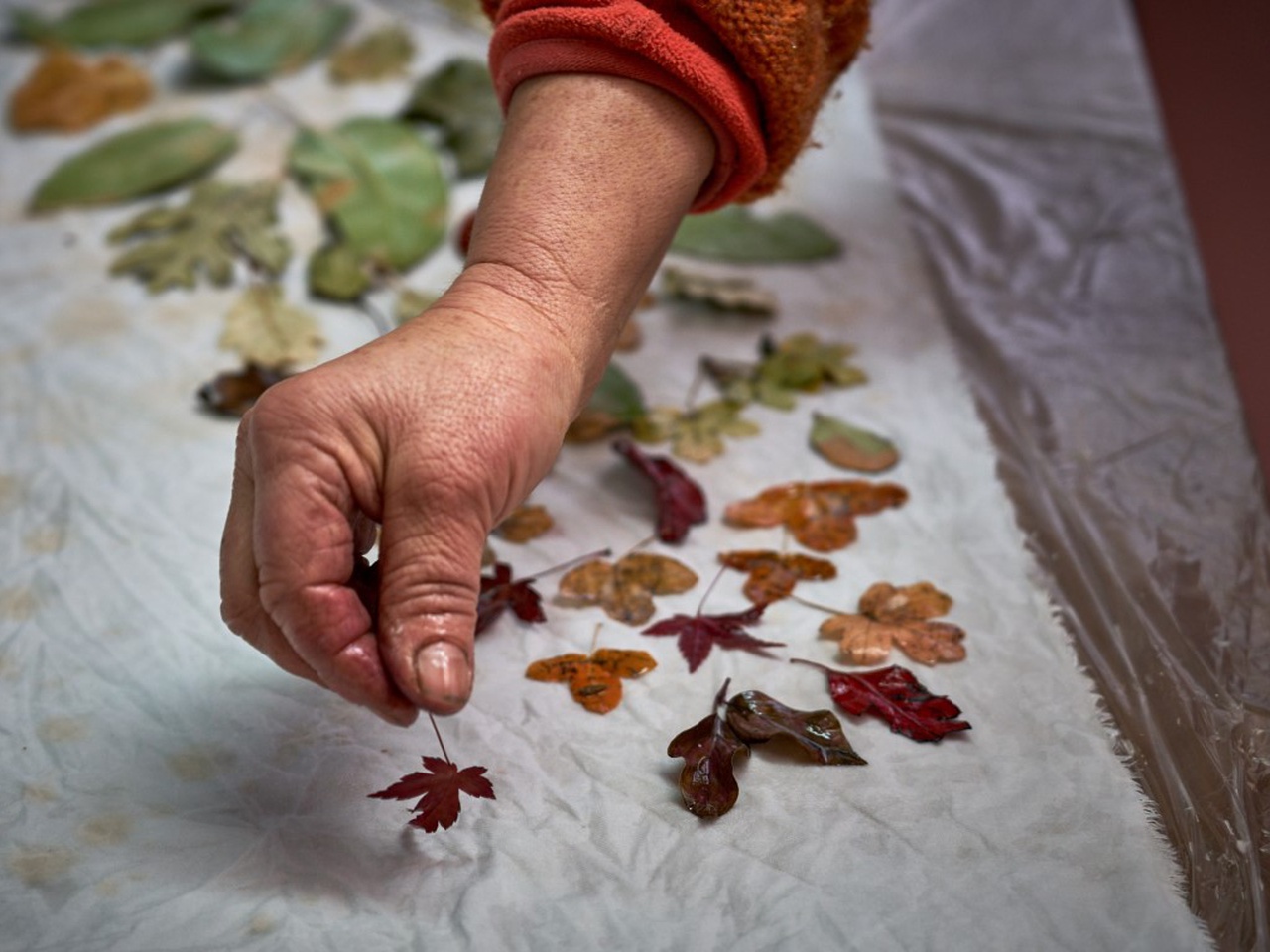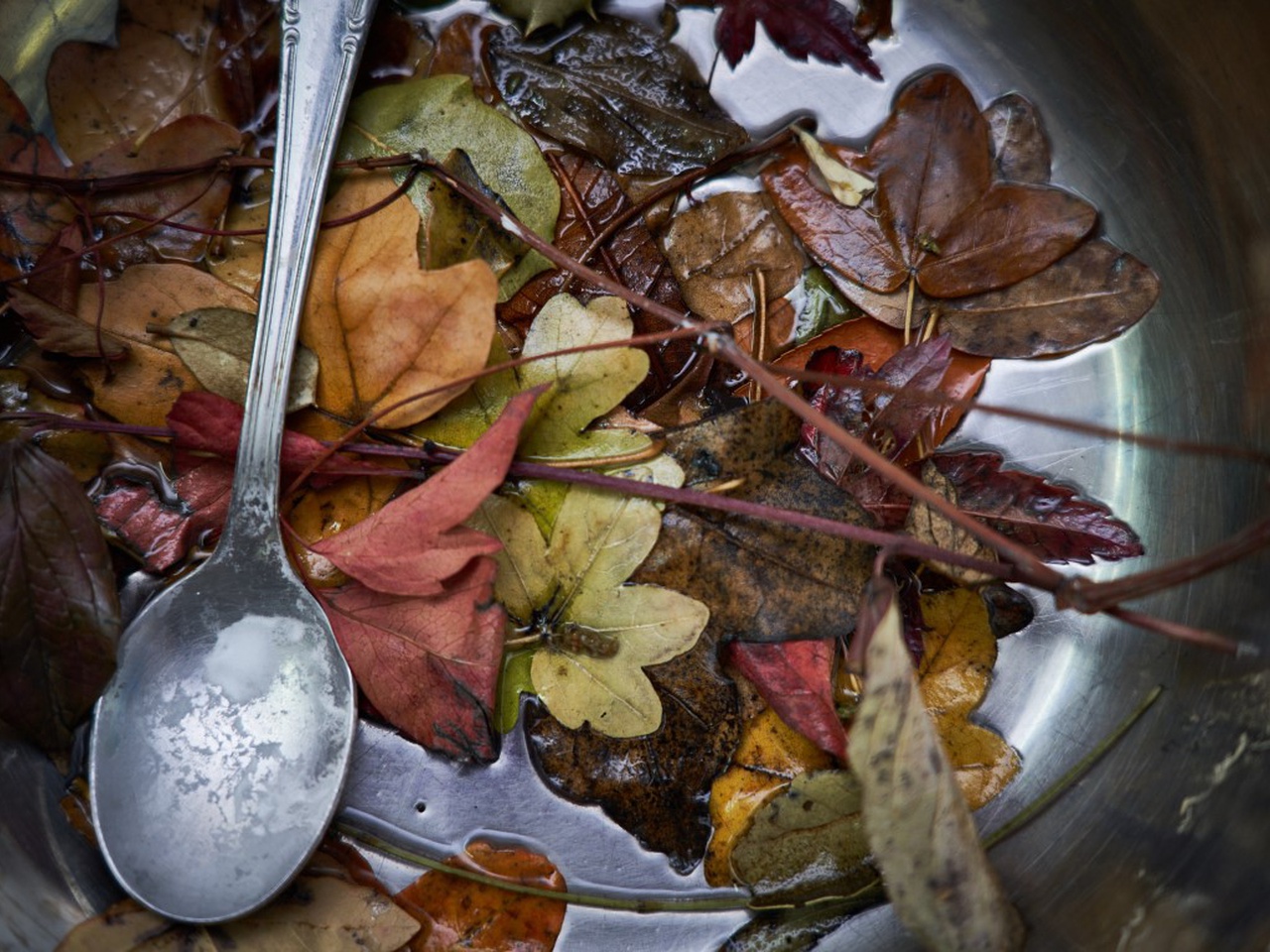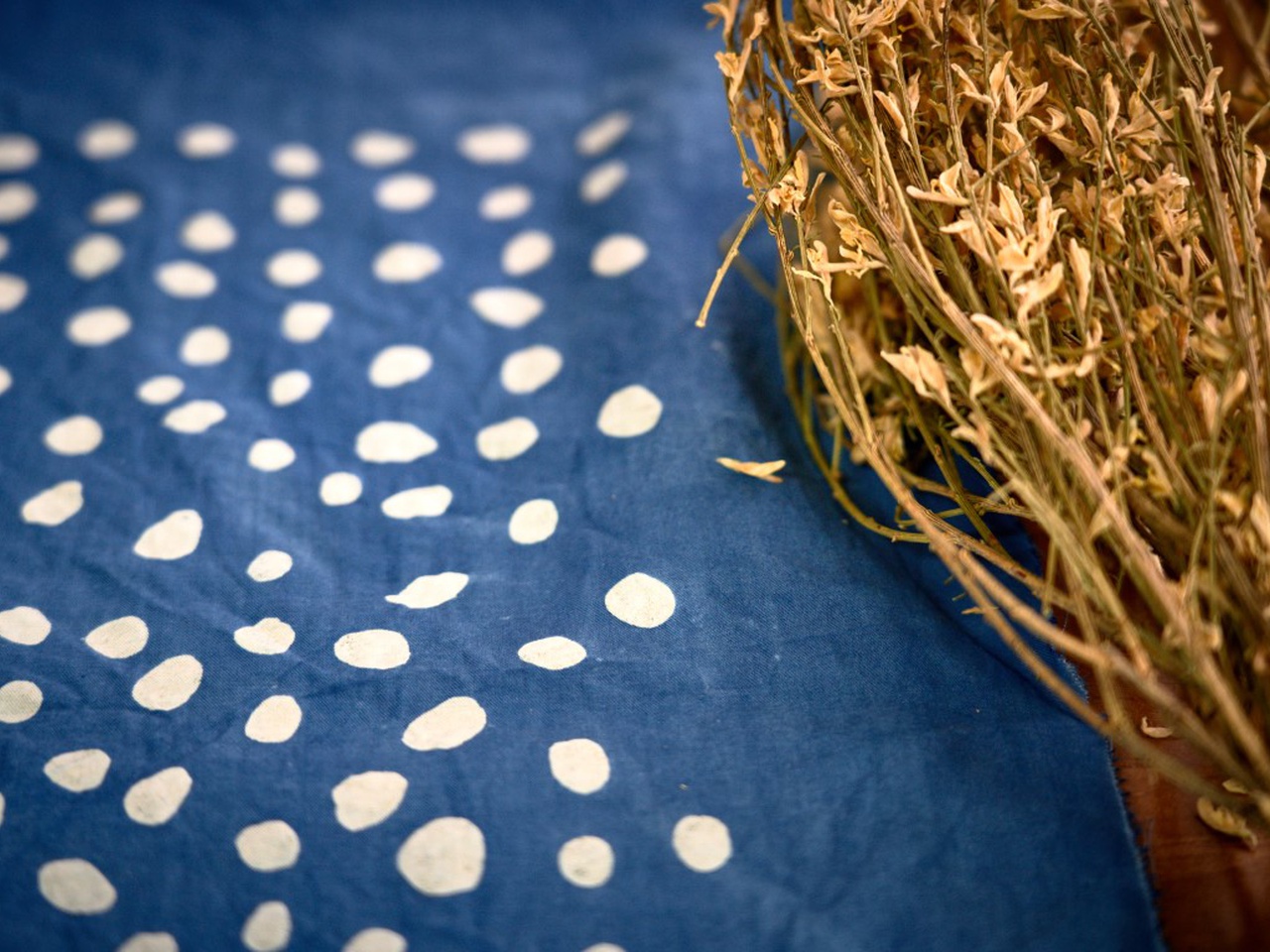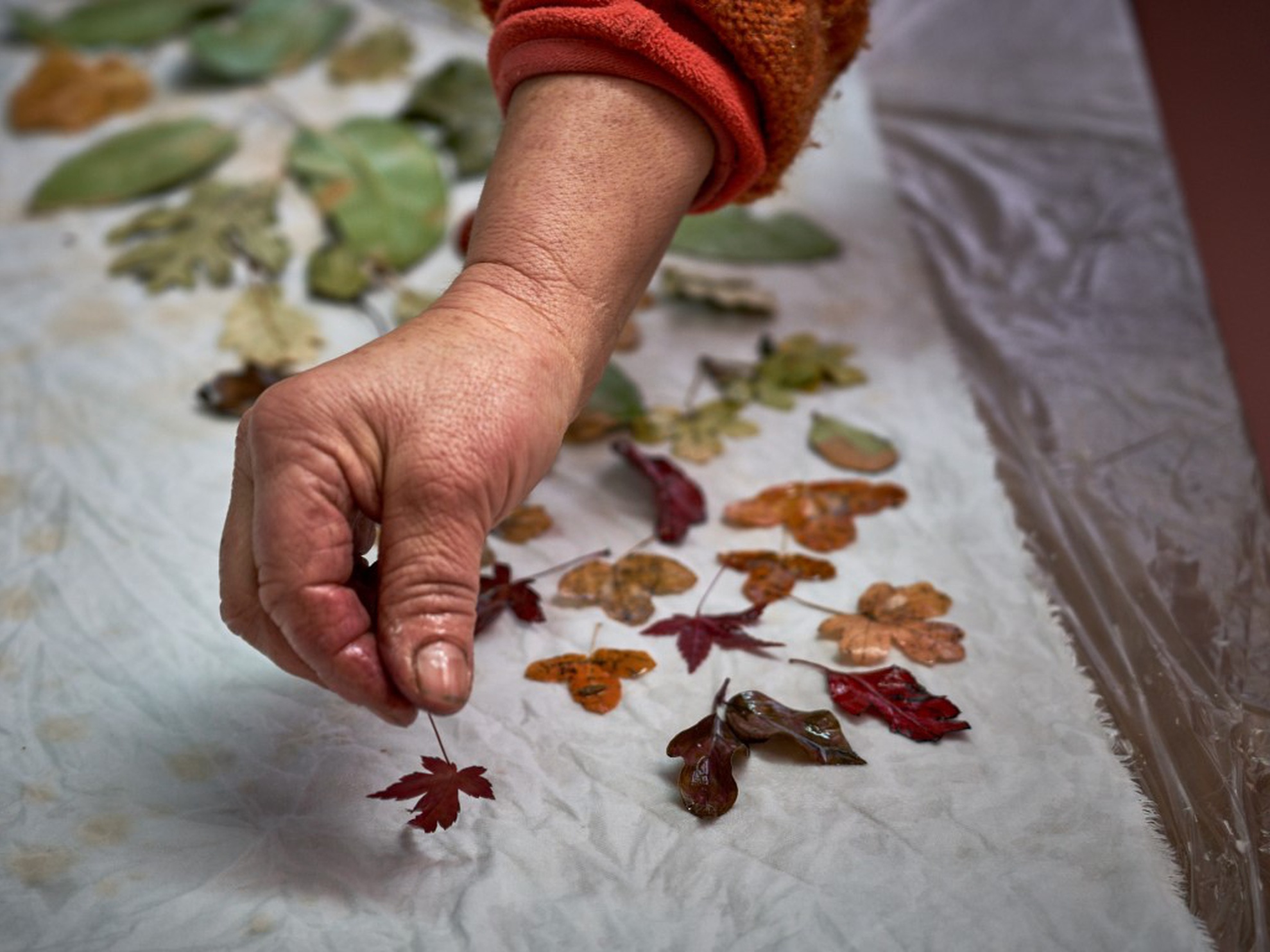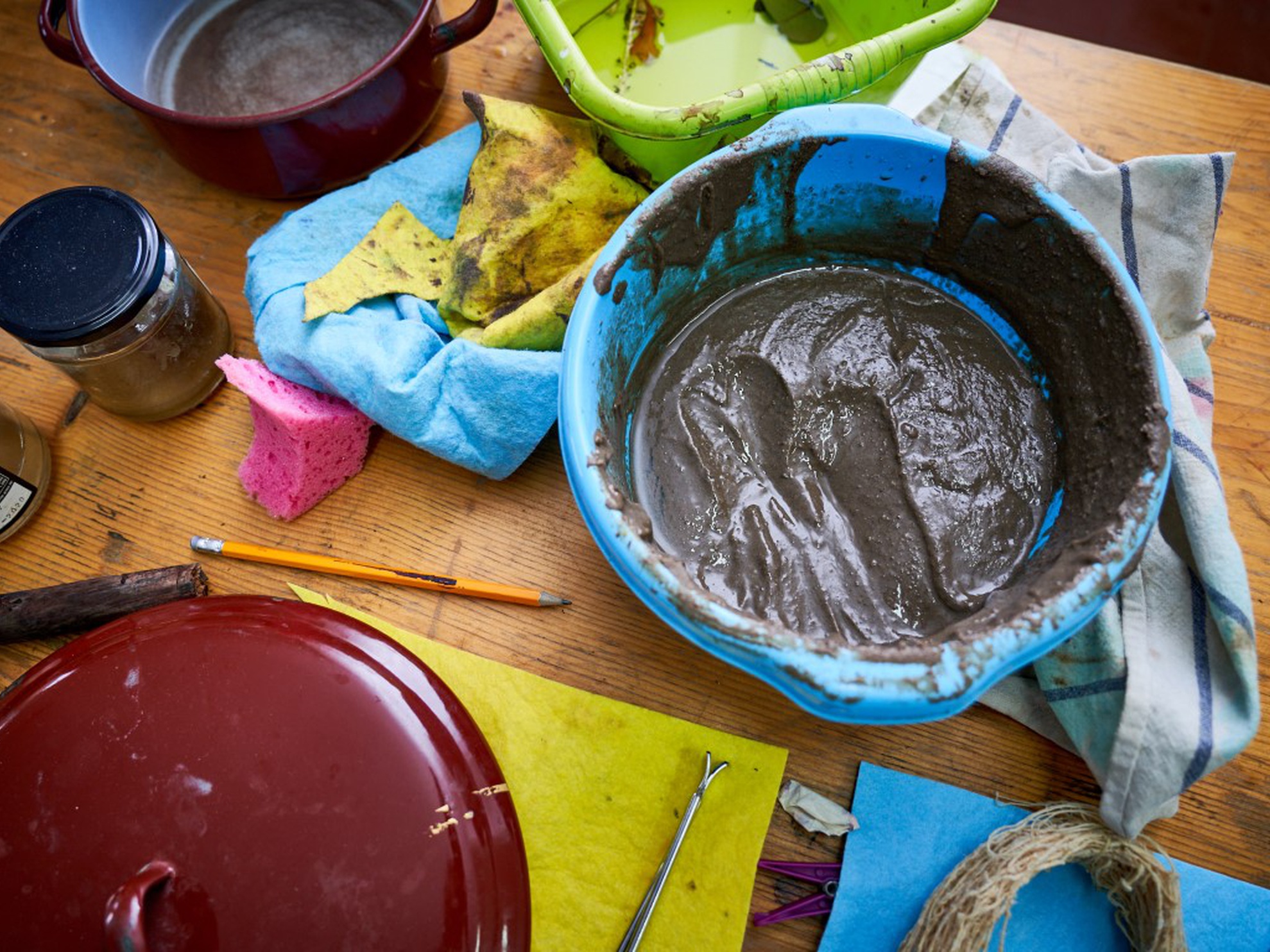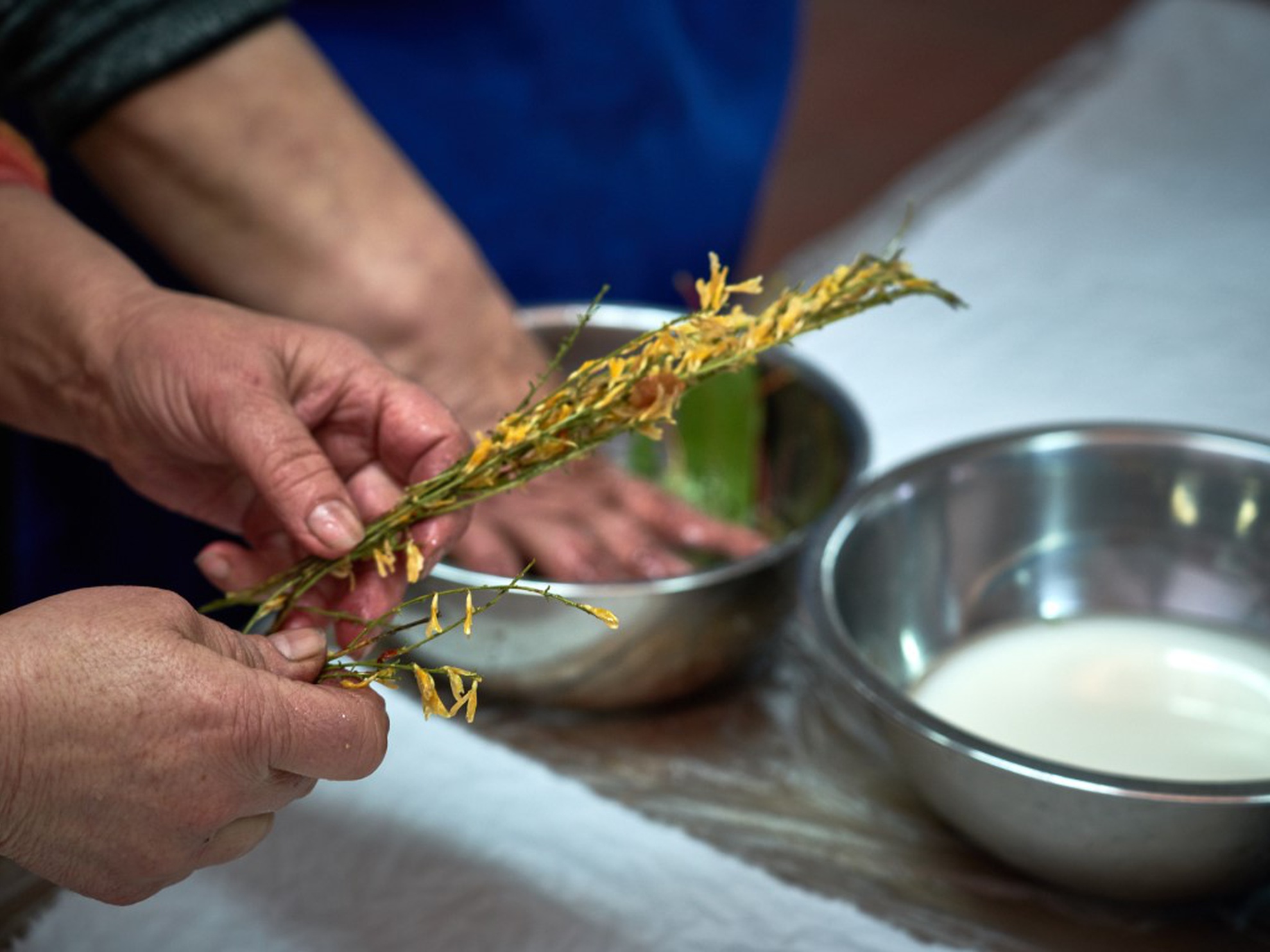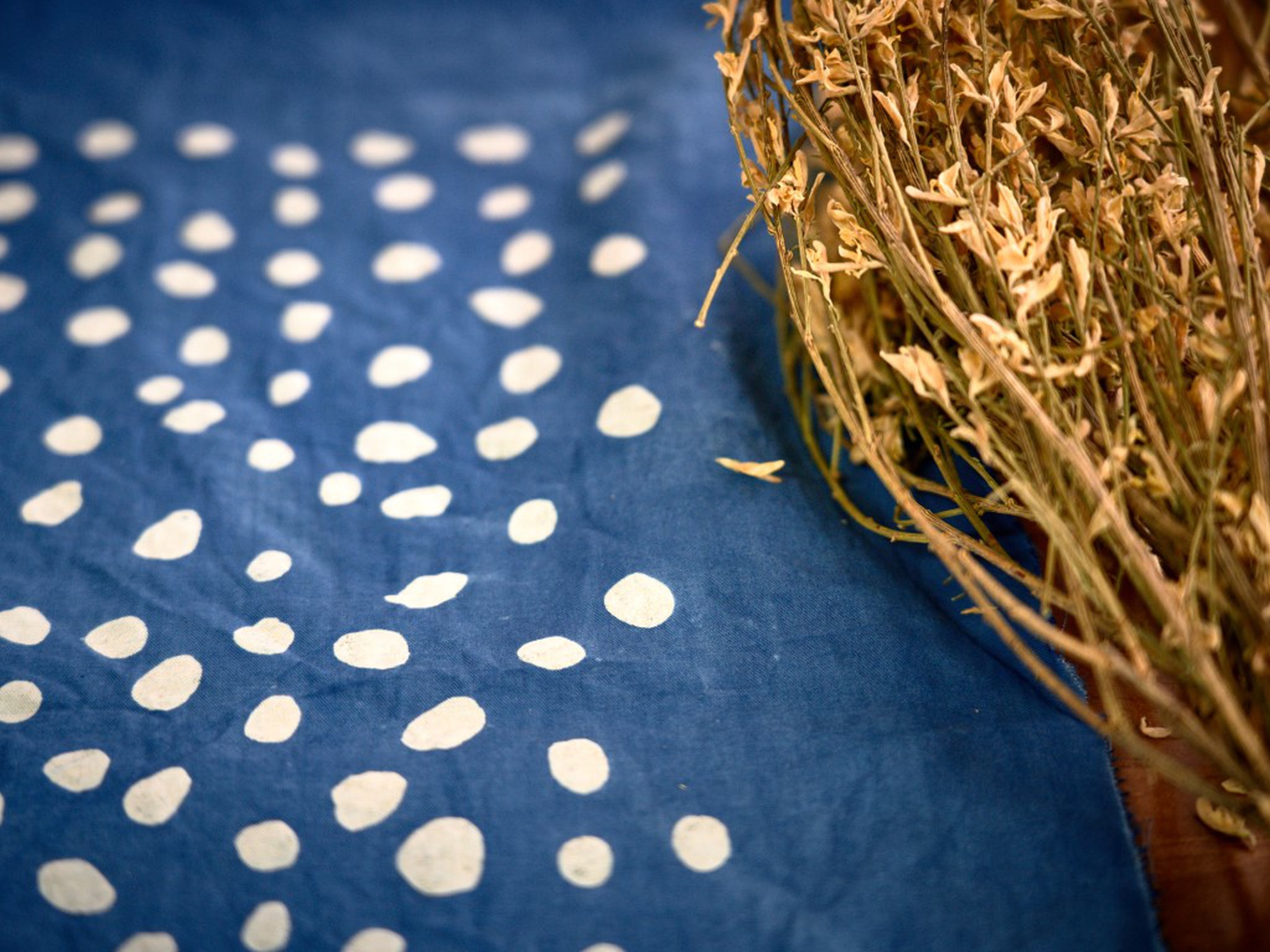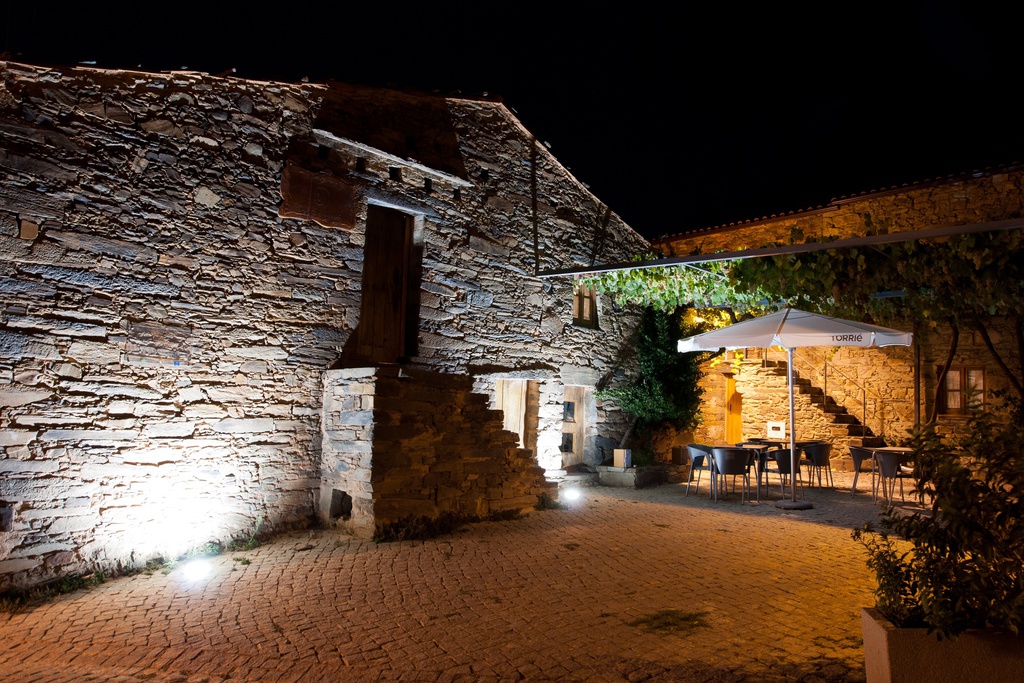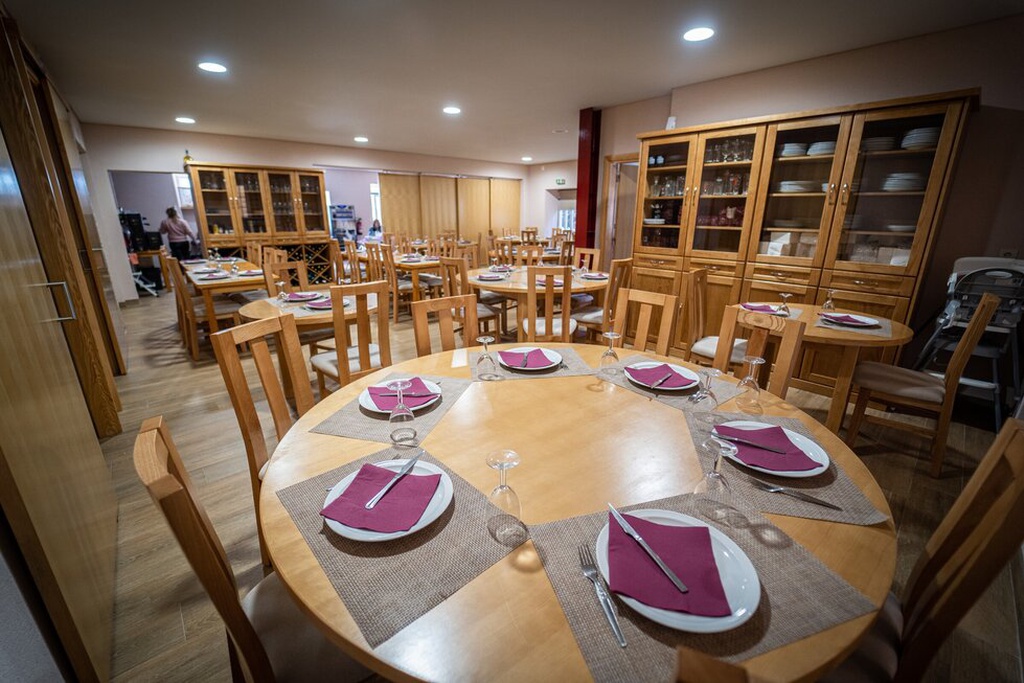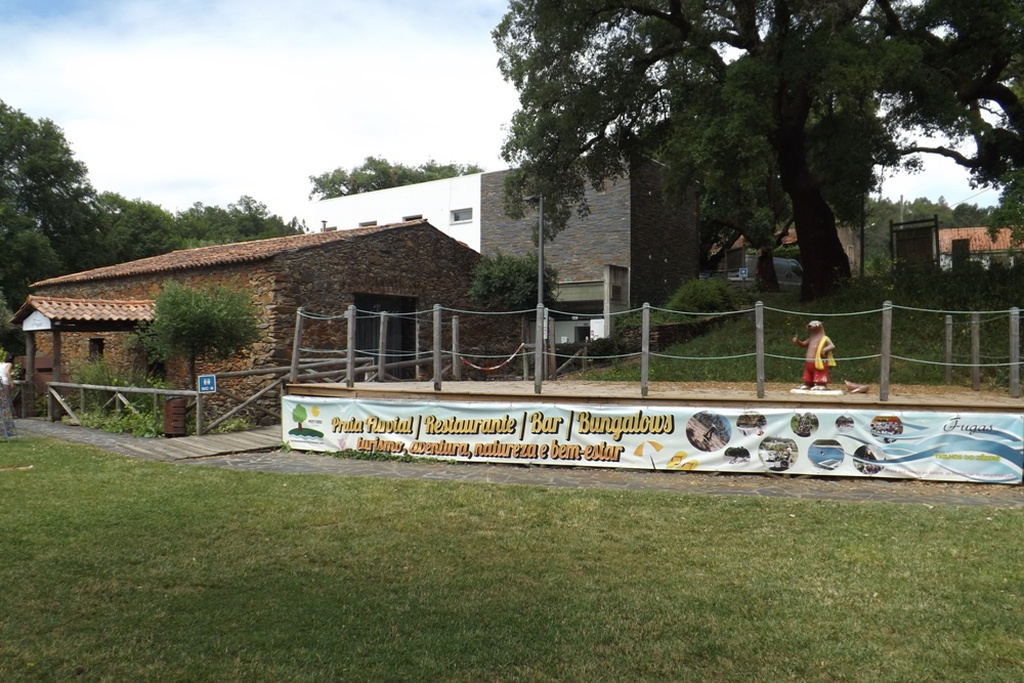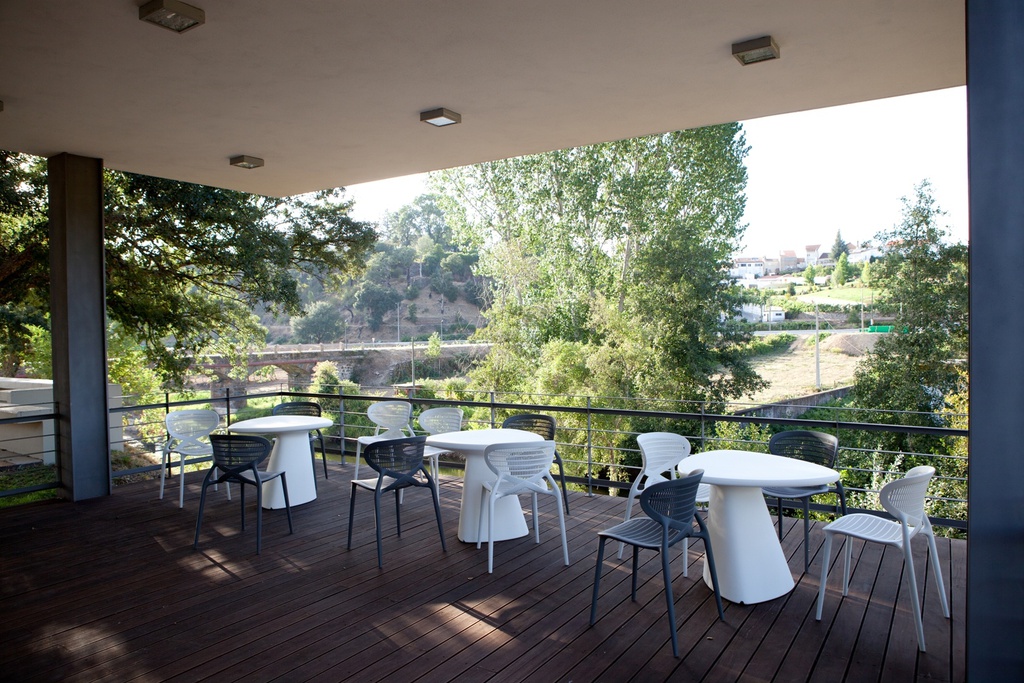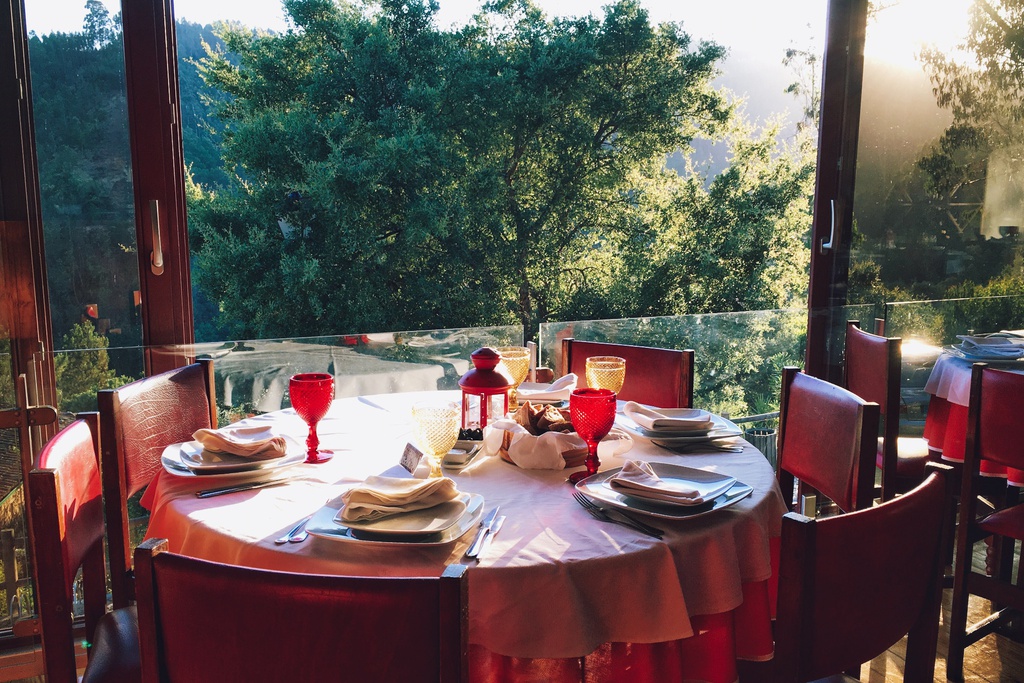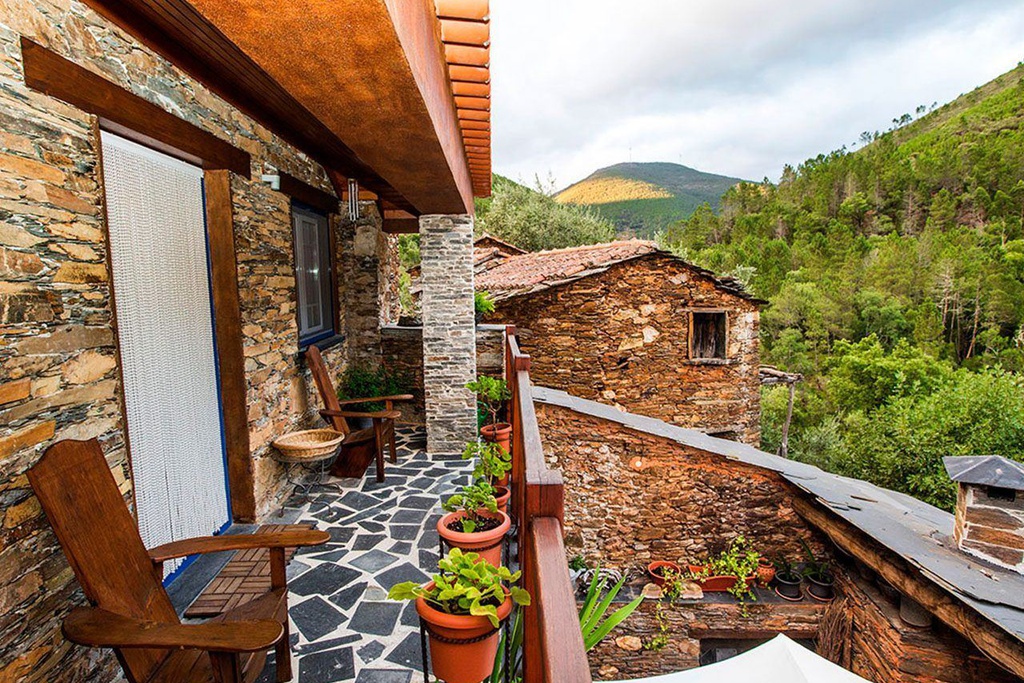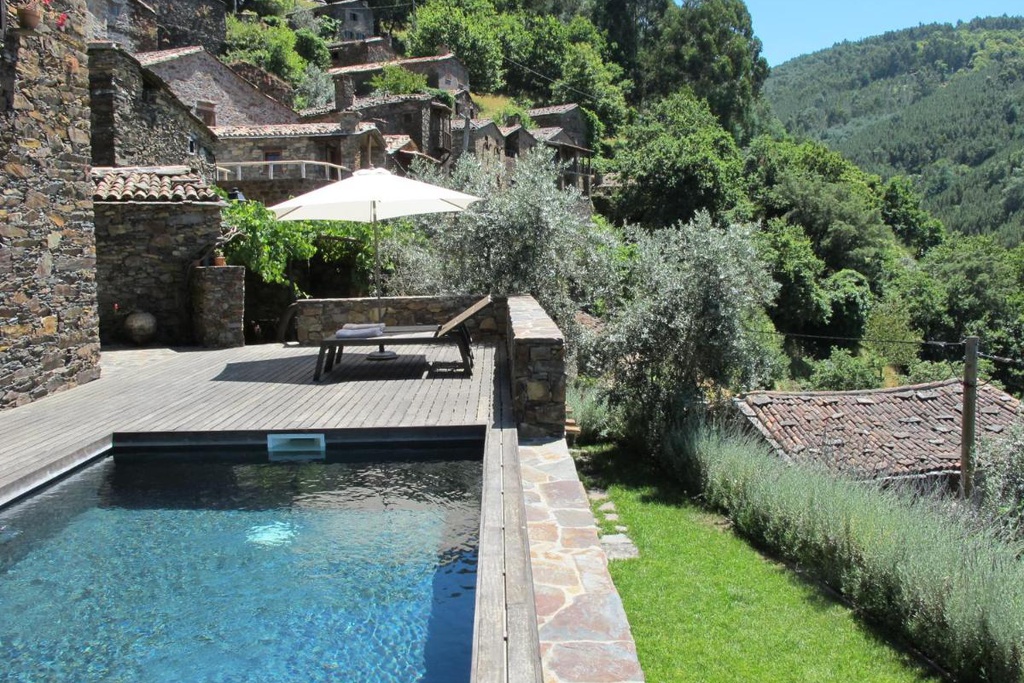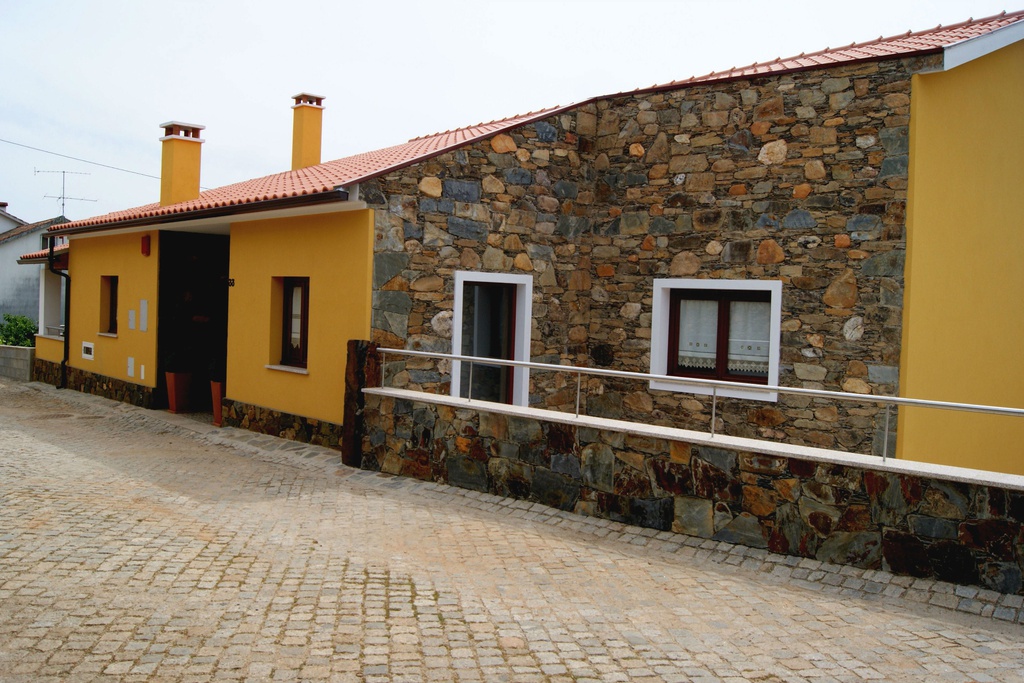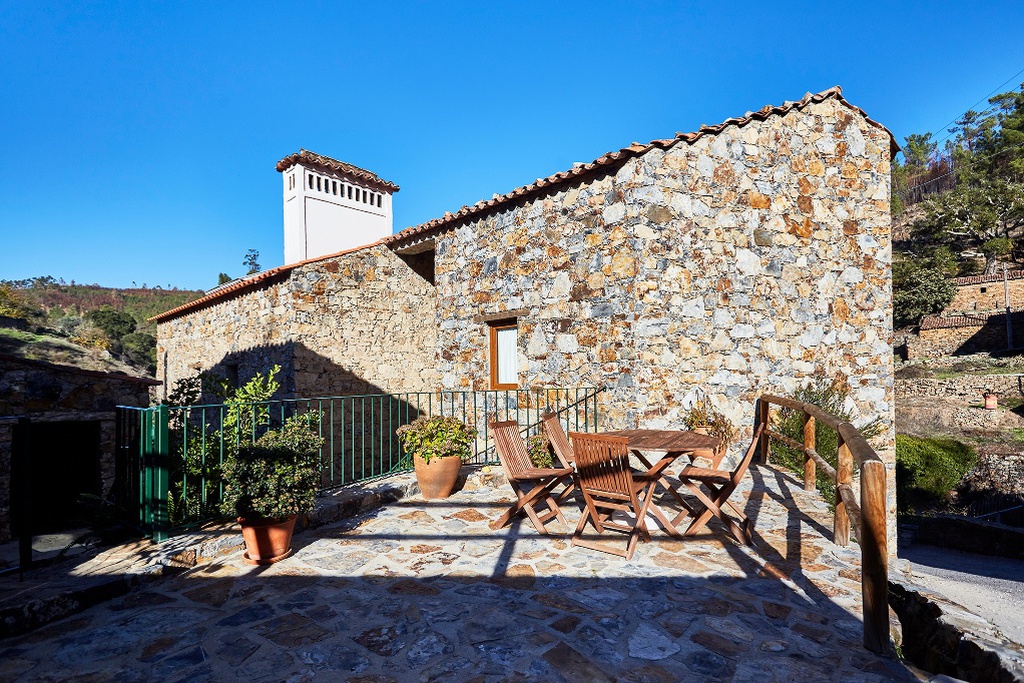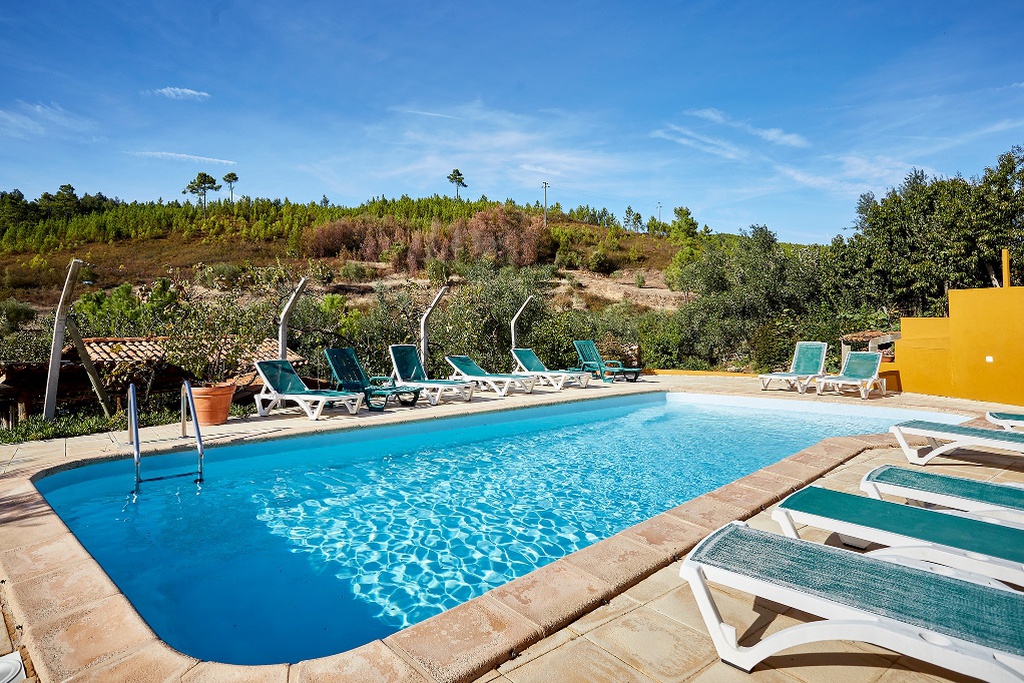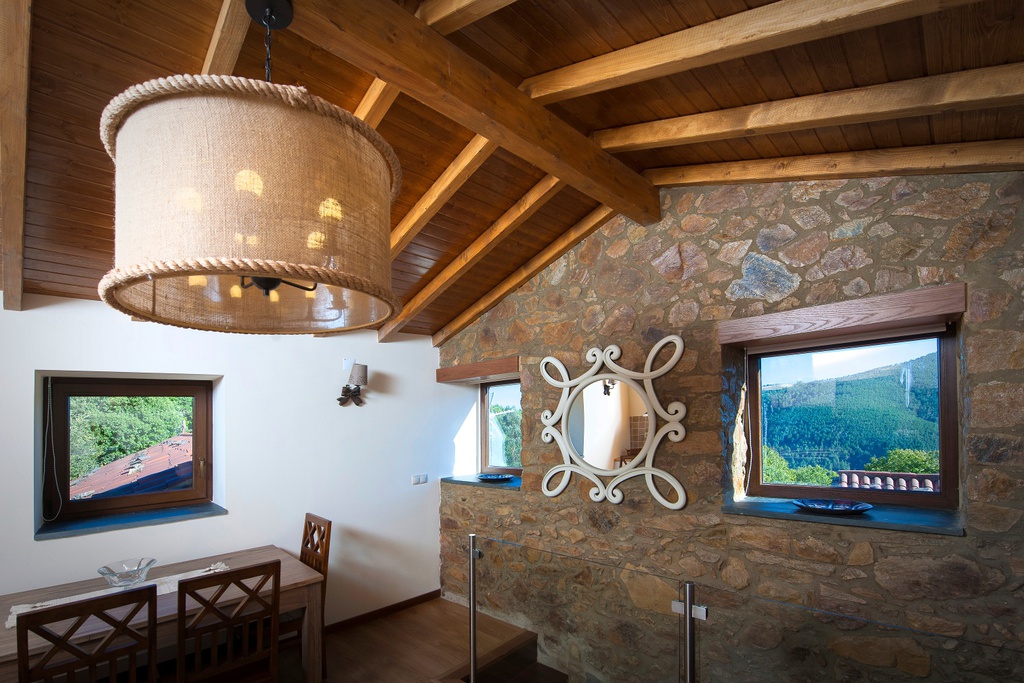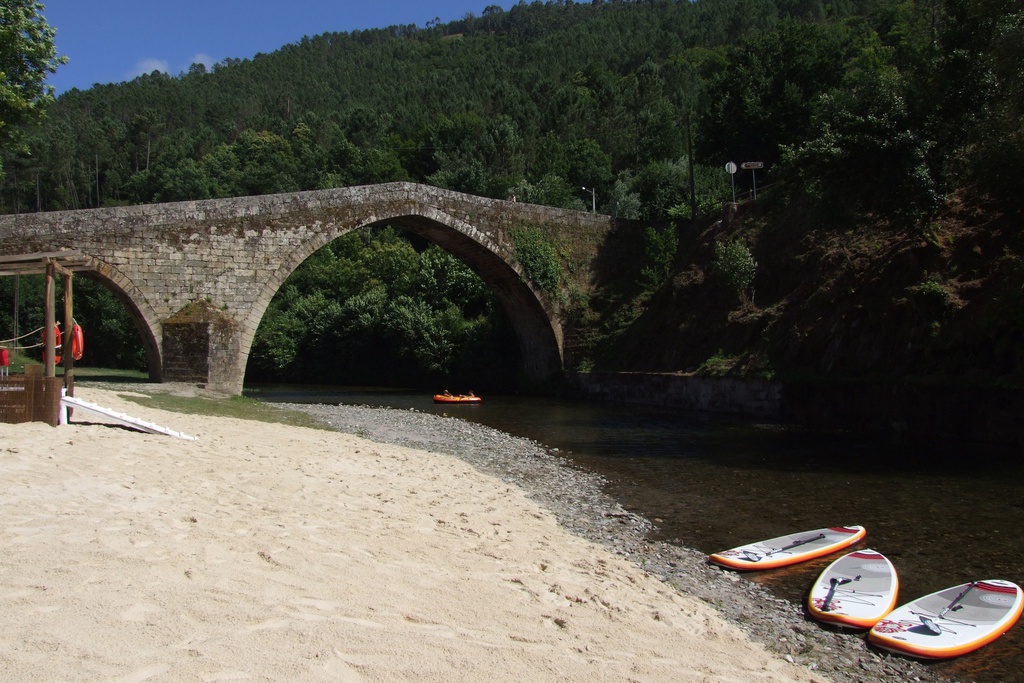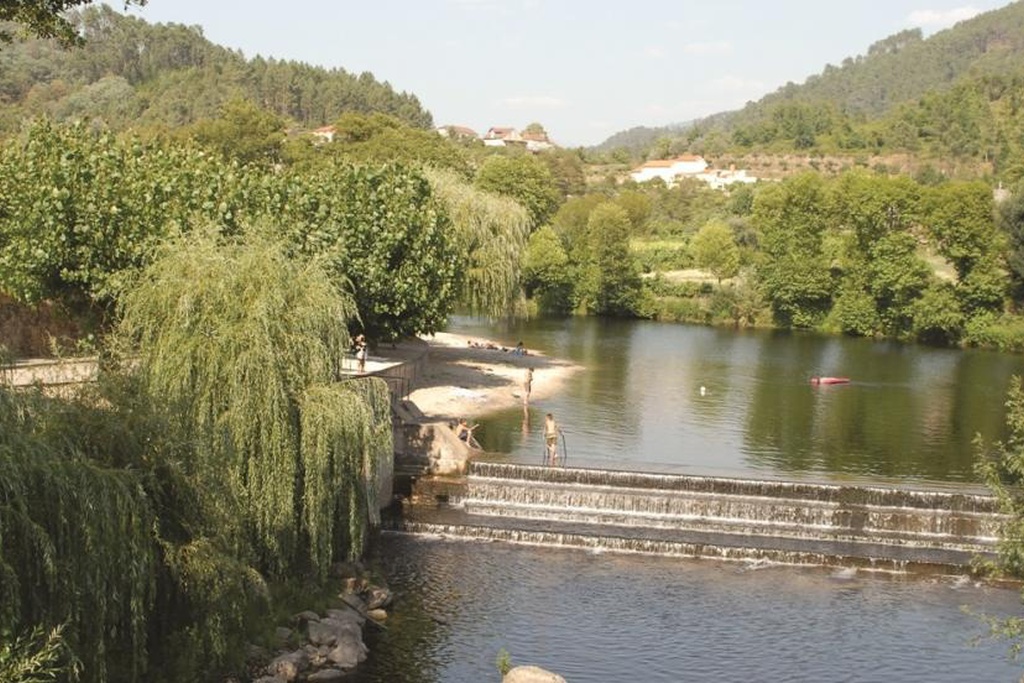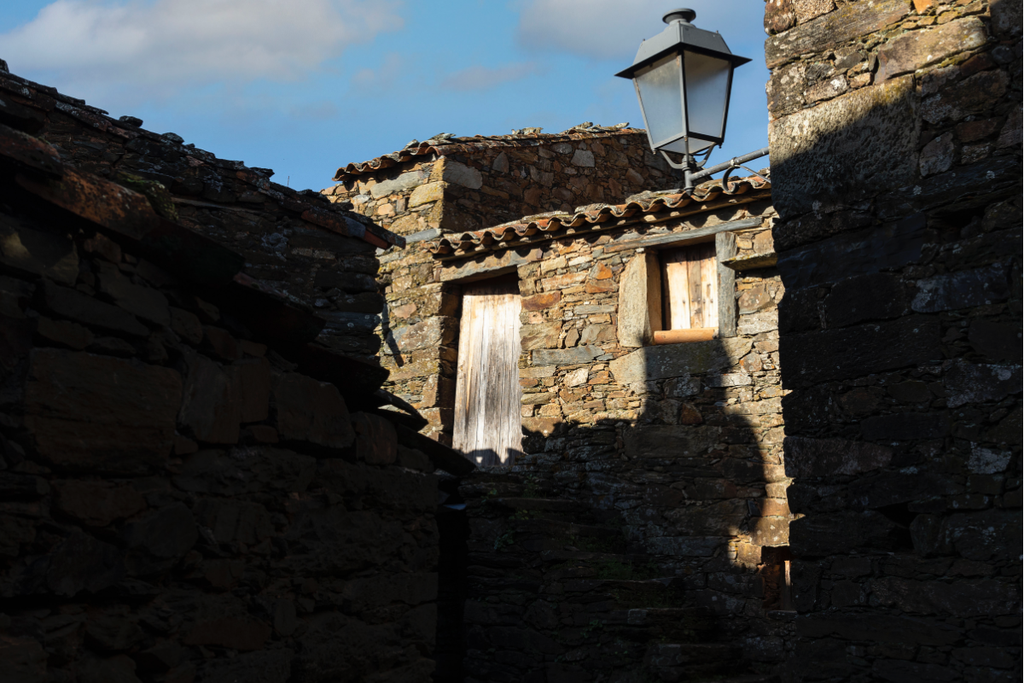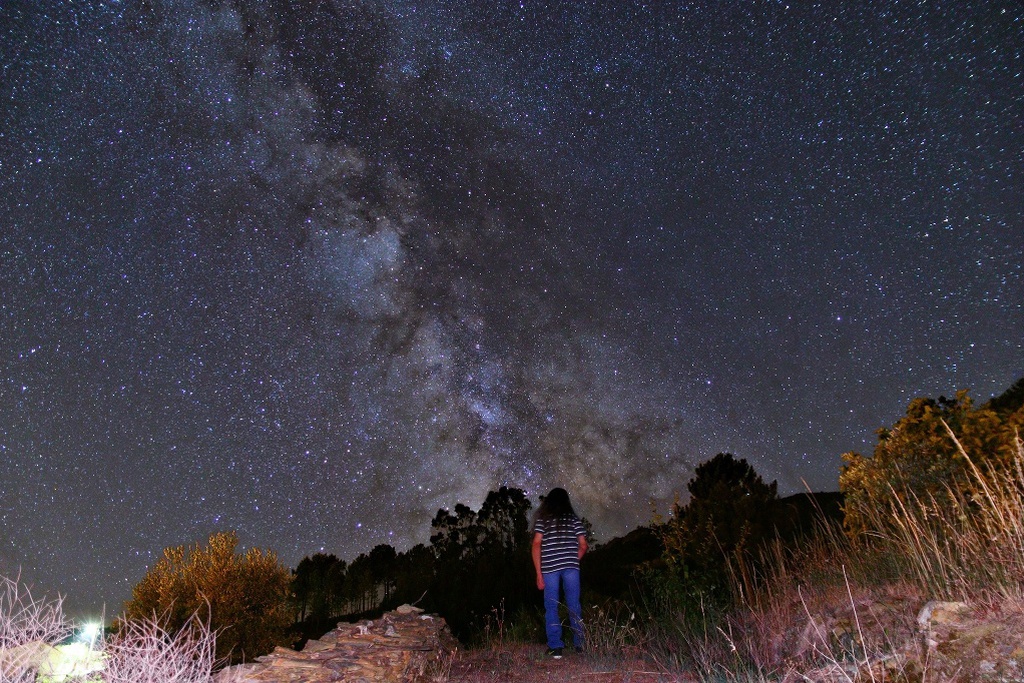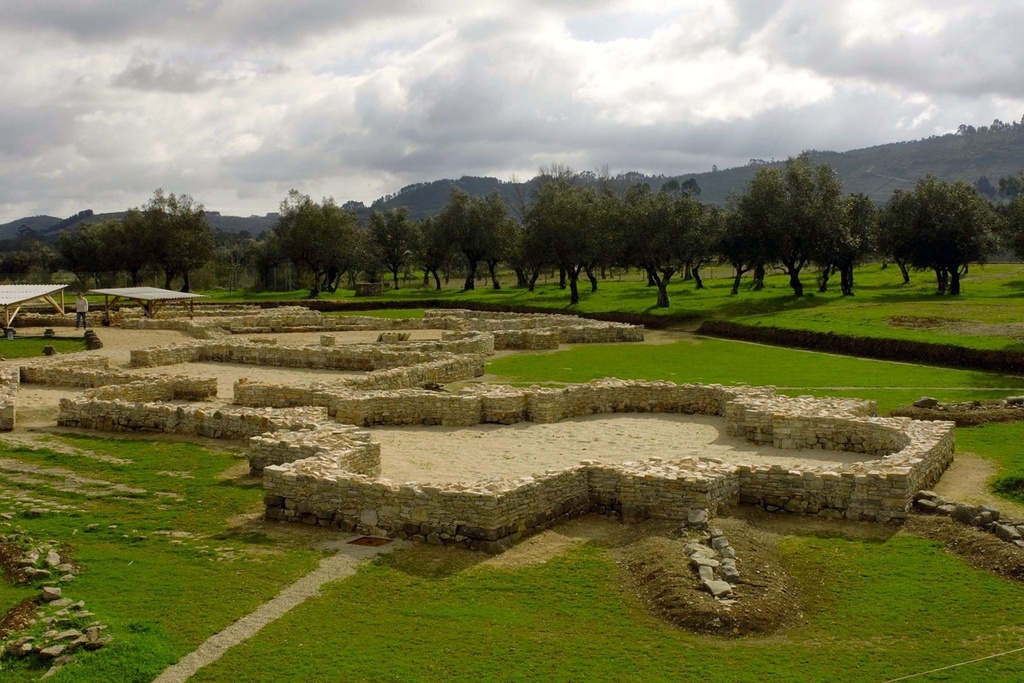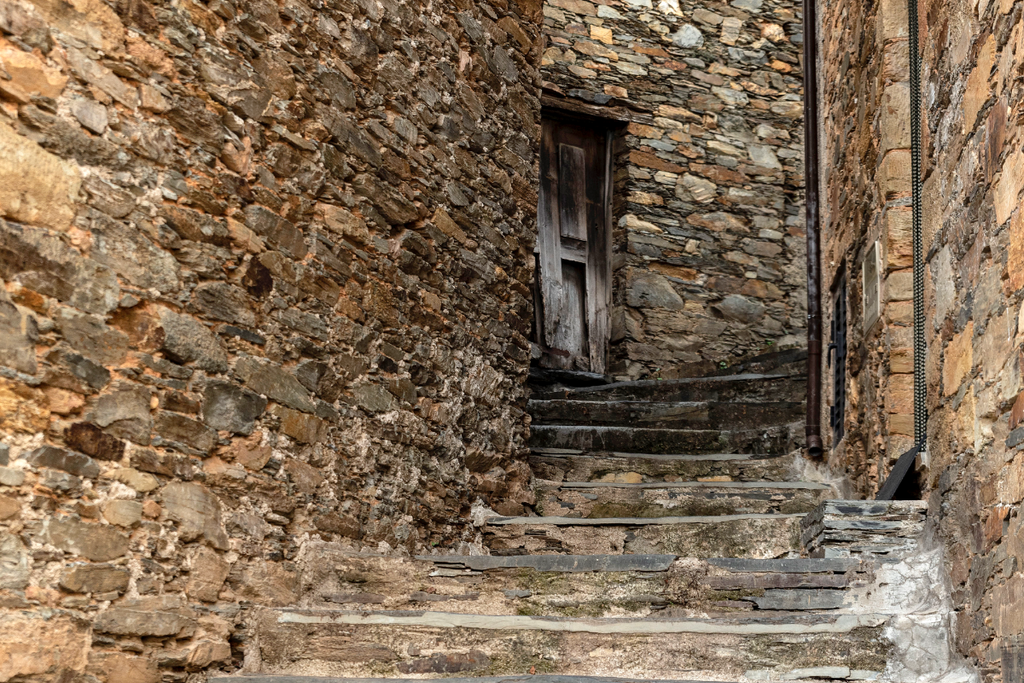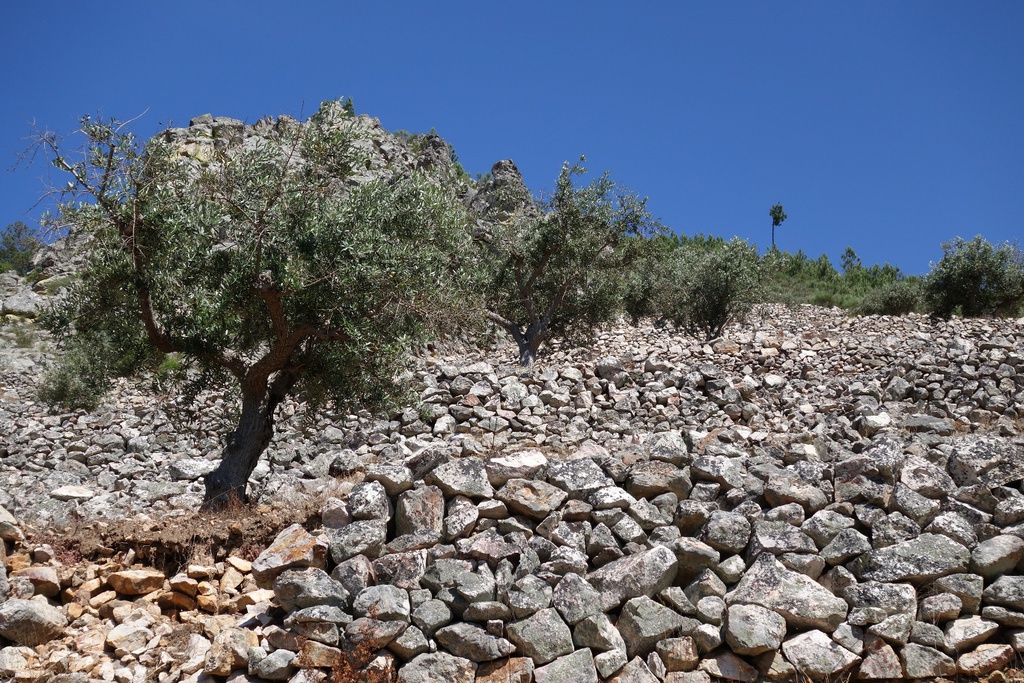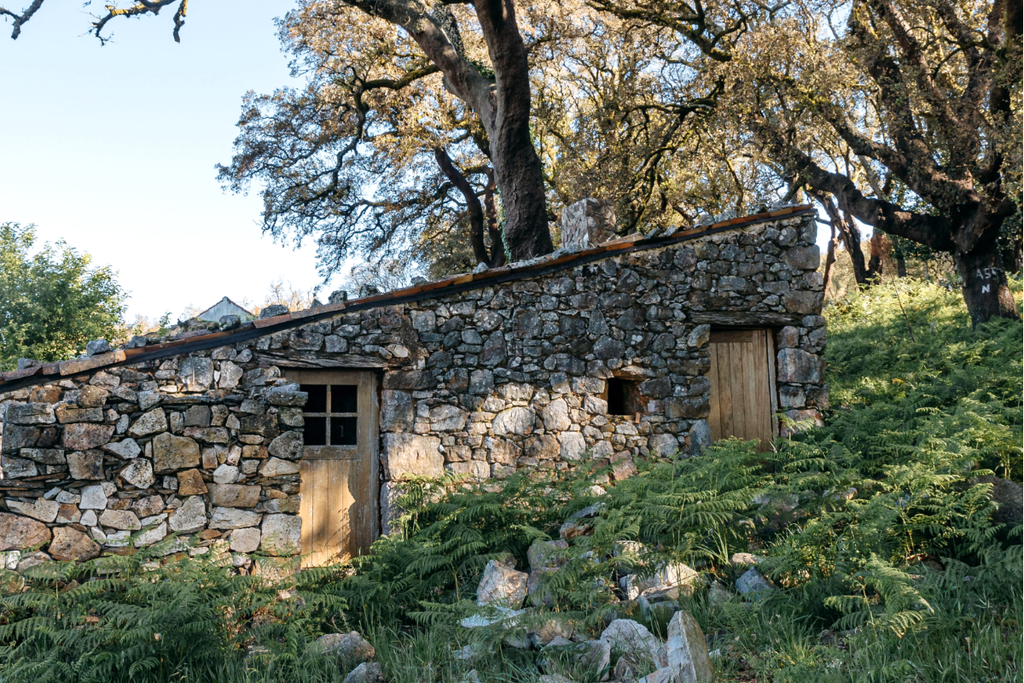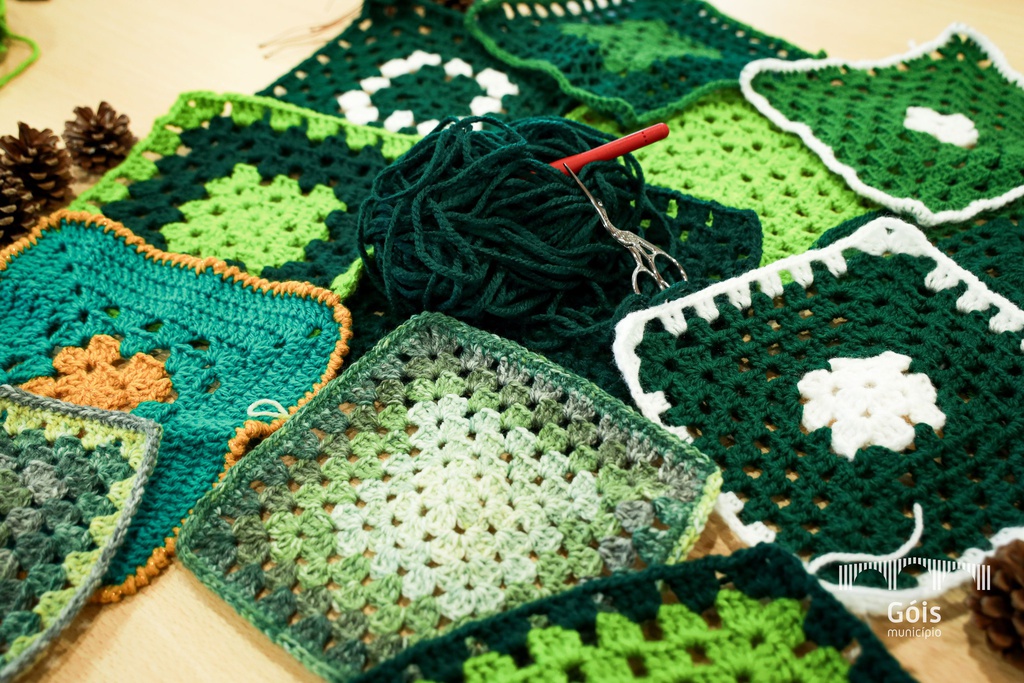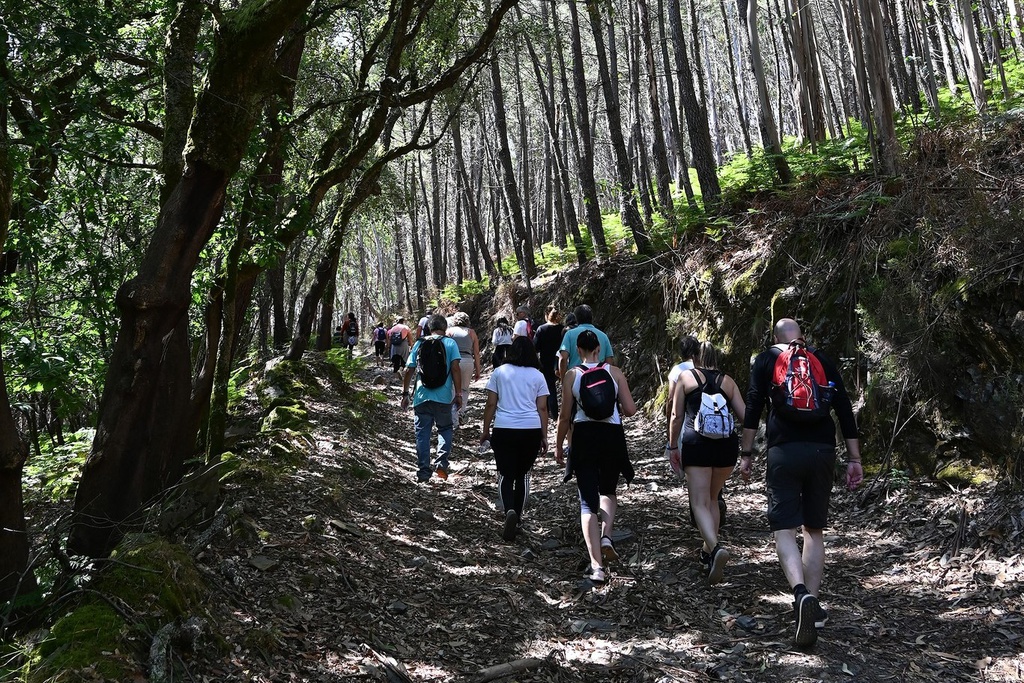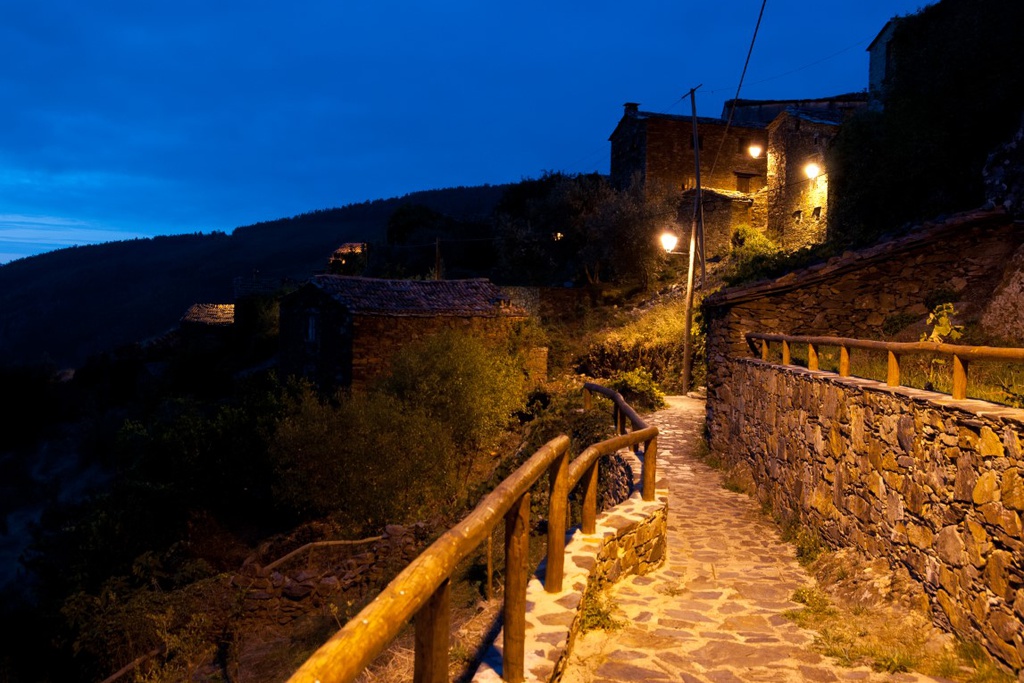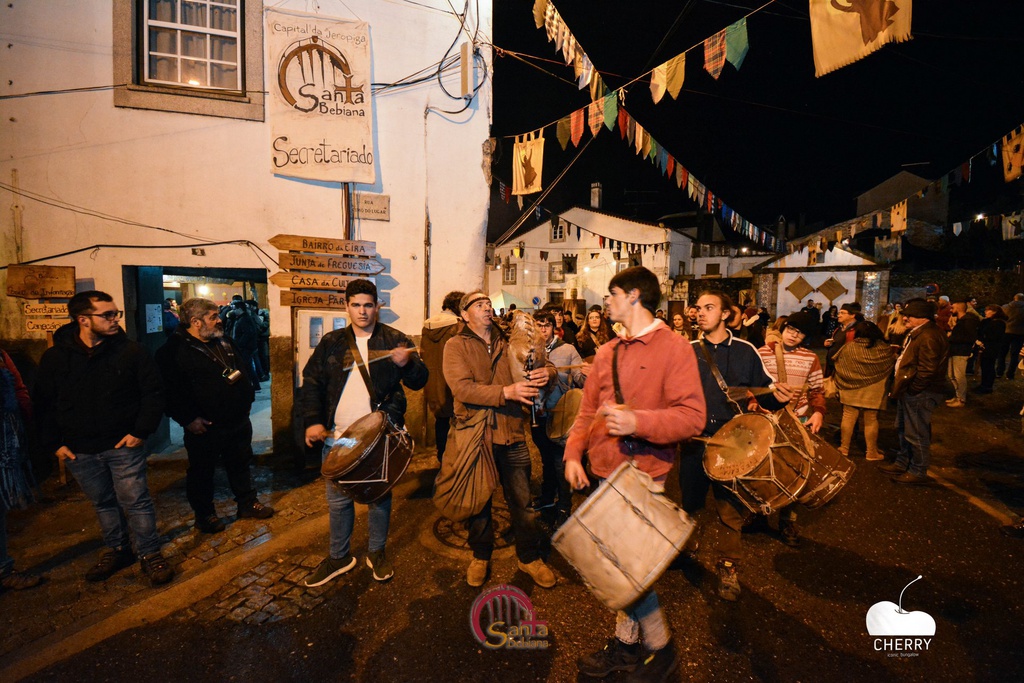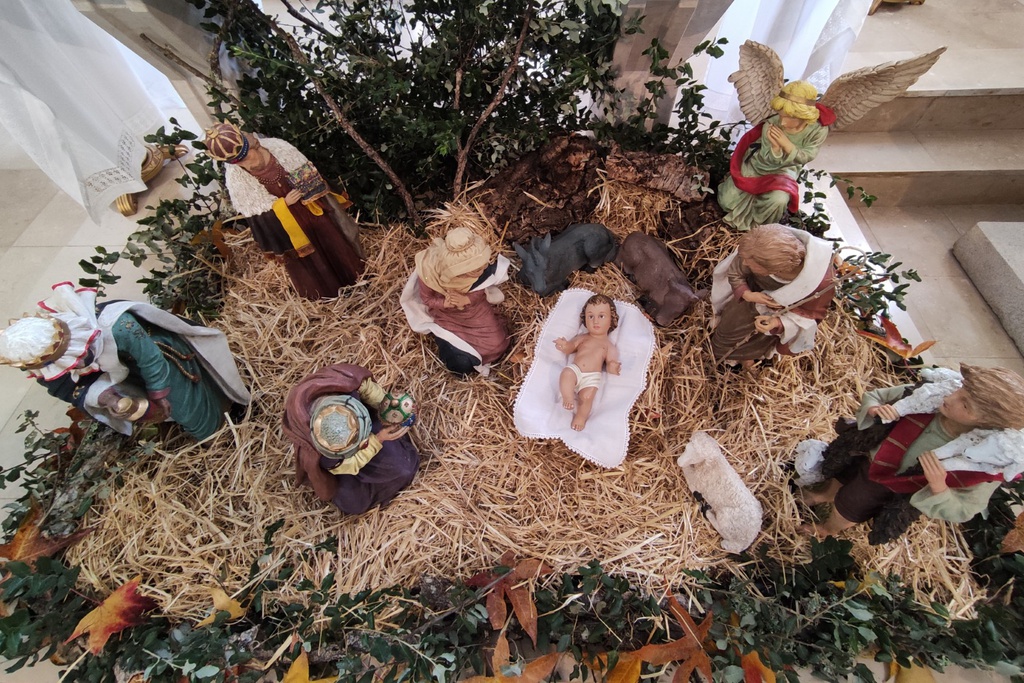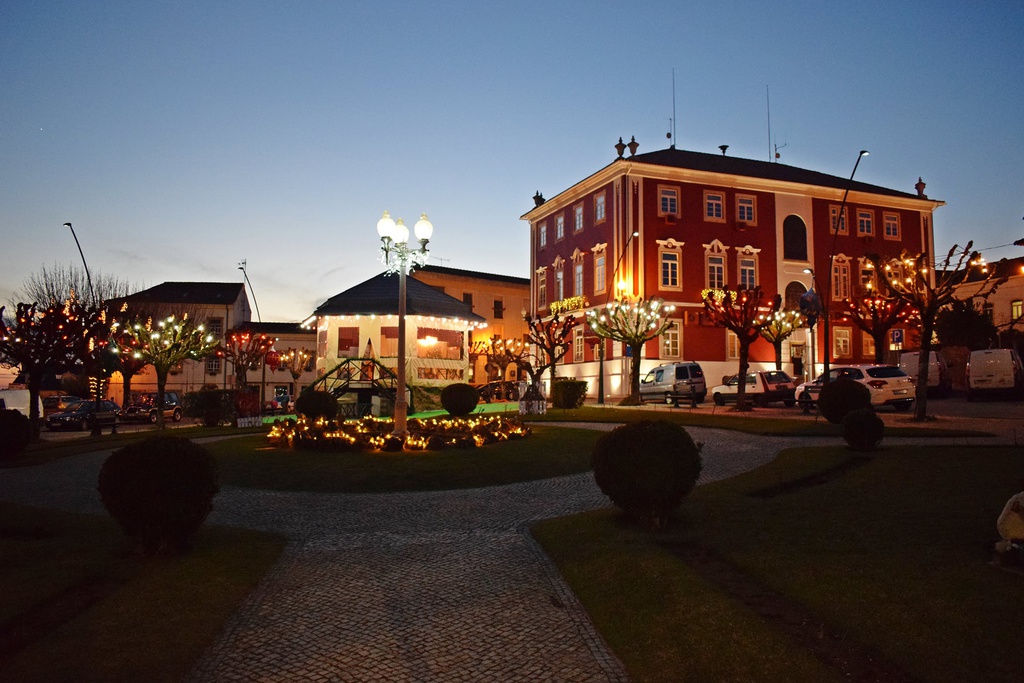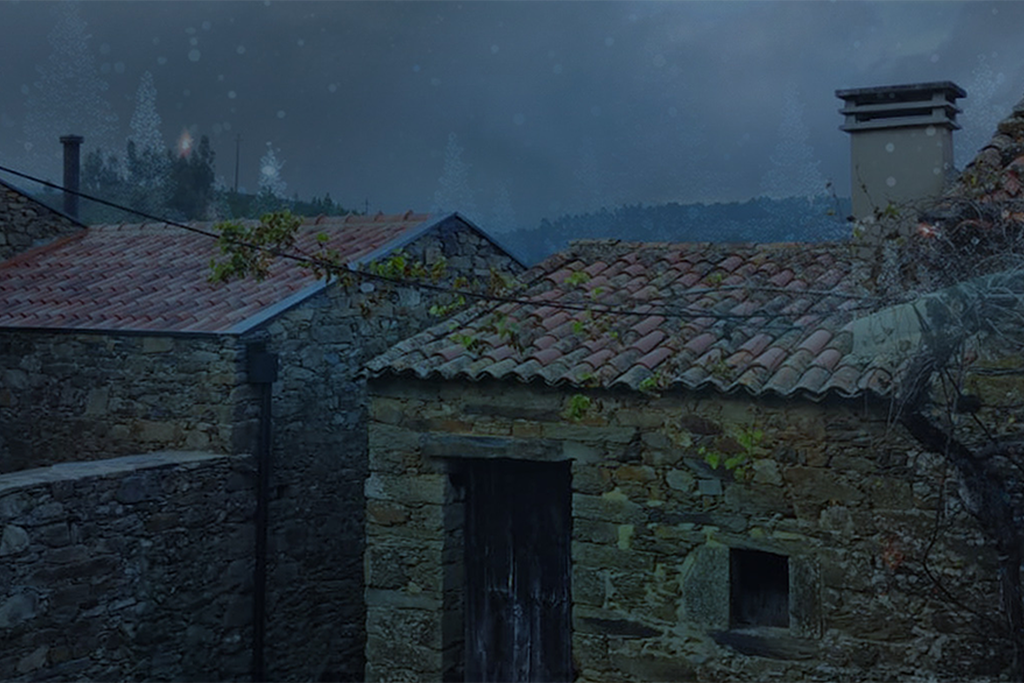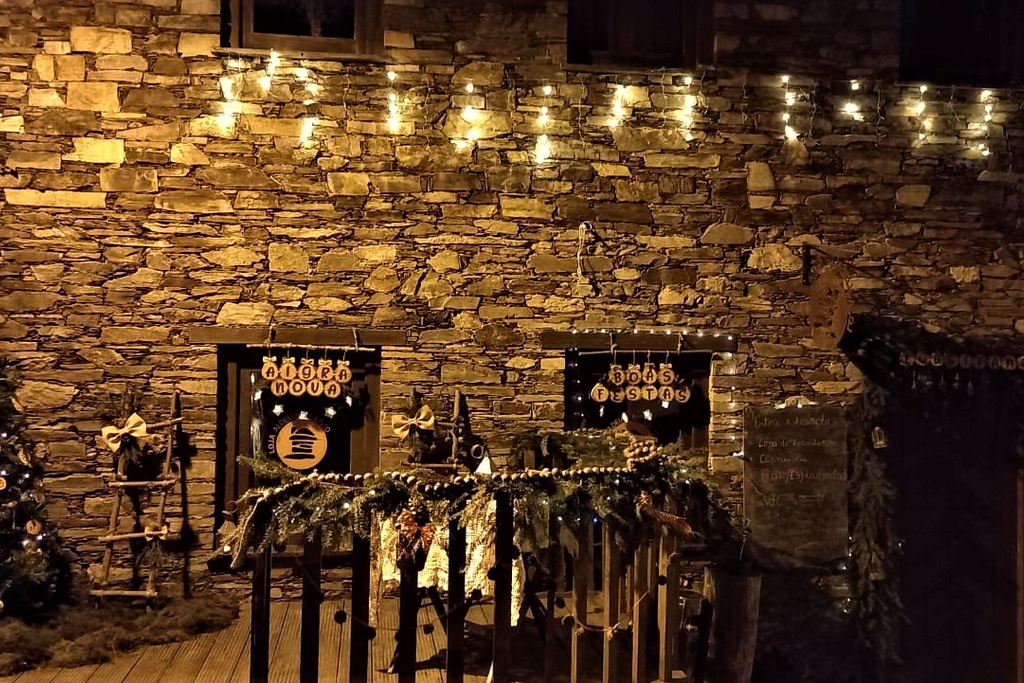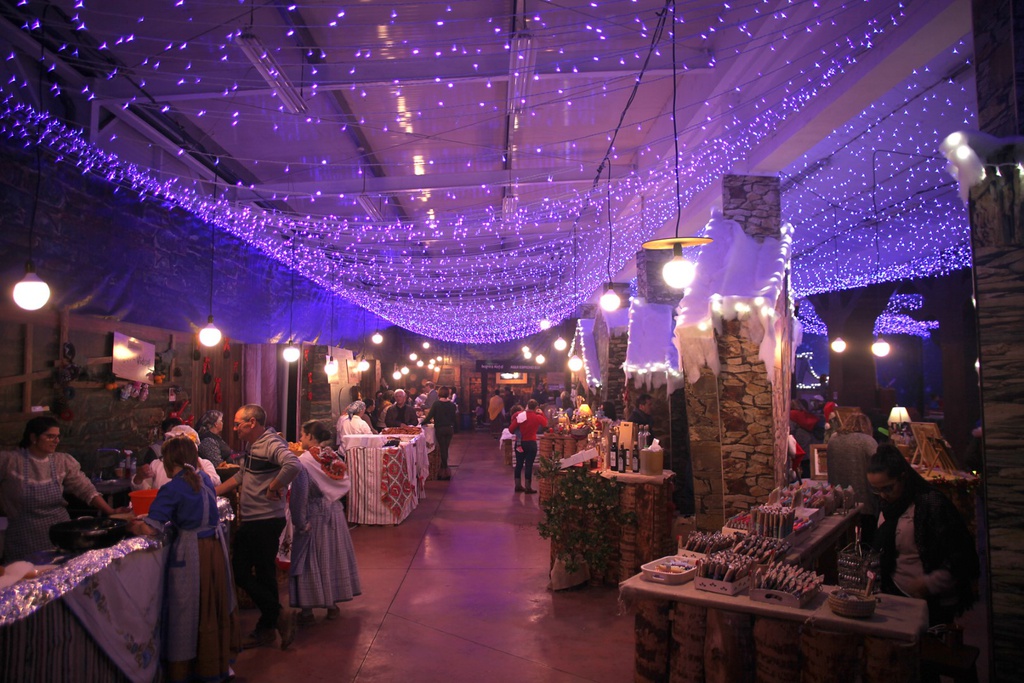Mordant, light, shade, fabric, colour. These were some of the words that marked the dyeing workshop that took place between 12 and 16 March 2018 in Janeiro de Cima. Zelinda, Lurdes, Isaura, Rosa and Sónia, village residents, and the designers, Daniela Pais and Ana Evaristo, were the attentive students of Alicia Mediavilla Arranz. For five days, the Spanish artist taught eco-friendly colour dyeing techniques and shared tips and suggestions.
Alicia has been a textile artist for 25 years, but it was only five years ago that she went back to the 18th century and started researching ancient dyeing techniques, looking for a clean source of colour, not only for the textile industry, the second most polluting industry, but also for all niche markets that involve colour and dyeing.
Alicia believes that the world is in a “big mess” as far as pollution is concerned. She is therefore looking for other ways of practising her own and the work of others, minimising the impact that the activity has on the environment and even on the people involved in it.
By acting simply as a channel, the artist wants to share her knowledge and provide the groups she deals with skills and knowledge, equipping them with the tools to create and/or maintain their activities in a sustainable way.
The techniques that Alicia shared, such as eco print, in which the dyeing is done from flowers and plants, are, as she is keen to point out, only a suggestion. The artist informed us that techniques for colouring from bacteria or mushrooms are currently under development. What really matters is to ensure that “people know the techniques and can adapt them to their work”.
The experience that Alicia has gained over the last few years does not, however, mean there is no further room for experimentation. “Will the leaves of the persimmon tree also do?” the trainees questioned. It is necessary to try things out to discover things.
Interest, curiosity and the search for solutions were constants during the five days of the workshop, which was held in the family atmosphere so characteristic of places like Janeiro de Cima, where everyone has known each other "forever". Between fabrics, doubts, factsheets and clarifications or suggestions, there was always room for everyday conversation.
In the end, expectations were met and there was no hesitation in answering the question “was it worth it?”. Yes, it was. And the lessons will take place more often, they all guarantee.
If the designers or Sónia, one of the leaders at Casa das Tecedeiras (House of Weaving), draw lessons from this for their professional life, the other participants responded with their personal curiosity and taste, while getting involved in a project that will bring linen back to the village and the banks of the River Zêzere.
Linen is back
Earth Lab - The Return of the Flax, promoted and managed by ADXTUR, is guided by the designer Yoád David Louxembourg, forming part of the “Village School” programme, and will restore the flax crop to Janeiro de Cima. Although extinct, this tradition is embedded in the population’s memory and is still present in the activity of the Casa das Tecedeiras.
The idea is to increase the use of the land and make it profitable again, attracting people to the villages, reversing the trend that has been seen in recent years.
Attracting tourists is one element of the project. How? By calling them to participate and join projects which have social, economic and cultural significance. Promoting the exchange of knowledge between those who are here and those who come. Ensuring unique and authentic experiences. All this in harmony with the local community.
Text: Andreia Gonçalves




